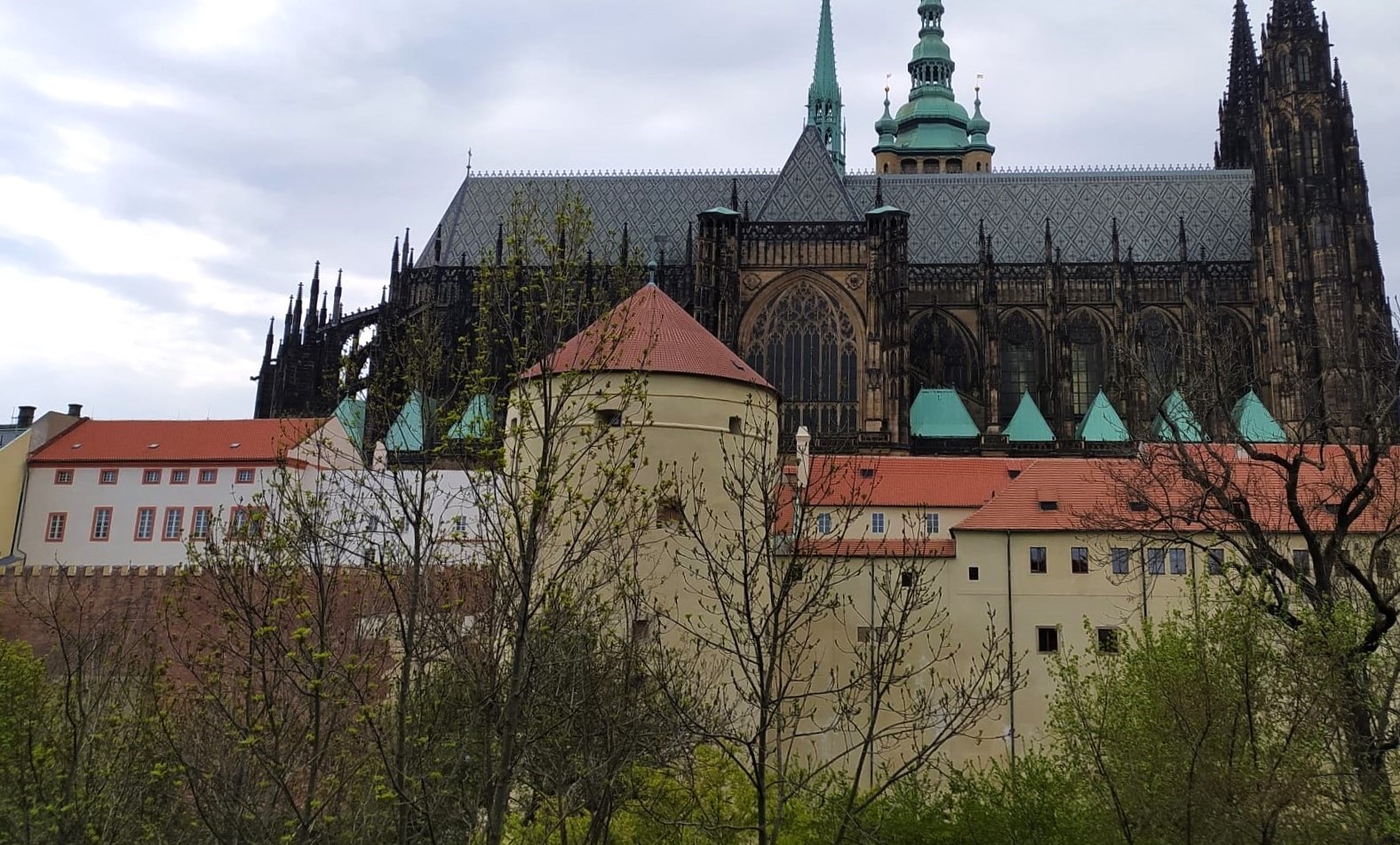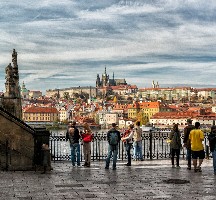Breadcrumbs navigation
Prague Castle - Mihulka Powder Tower (Prašná věž Mihulka)
This powder tower was the largest of the cannon towers; however, its defence qualities were never tested. It was built at the end of the 15th century as part of the new castle fortifications. During the time of Rudolf II, an alchemist’s laboratory was located here; later it was a gunpowder store and a dungeon, and until the 20th century it served as the residence of the cathedral sexton. Today it houses a permanent exhibition about the Castle Guard.
- Monuments & Architecture
- castle/chateau
- tower
Opening hours
-
- November – March
- Whole week
- 09.00 – 16.00
-
- April – October
- Whole week
- 09.00 – 17.00
closed: 24 December
Practical information
PERMANENT EXHIBITION about the Prague Castle Guard.
This is included in the price of admission for the “Prague Castle – Permanent Exhibitions” tour, i.e. Prague Castle Picture Gallery + Story of Prague Castle Exhibition + Mihulka Powder Tower + Rosenberg Palace)
(Admission: standard CZK 300 | concessions CZK 200 | family CZK 700)
Contacts
- Prague Castle - Mihulka Powder Tower (Prašná věž Mihulka)
- Pražský hrad
- 119 08 Praha 1 – Hradčany
- +420224372434
Programme
Object history
Between the Vikárka Restaurant and the neighbouring Mladota’s House, there is a passage through to a small yard, from which you can access a part of the Northern fortification. It is dominated by a powder tower named Mihulka, with a diameter of 20 m and 44 m high. In later times, round towers were often called Mihulkas (translated as „little lamprey“), due to their similarity with the animal species of lampreys. As early as in the 13th century, there was a tower in this place forming a part of the Castle’s Northern fortification bastion. Benedikt Ried built this tower as a part of the new Northern parkan fortification at the end of the 15th century, and it was the mightiest canon bastion, but it was practically never used. In Renaissance, bell founder Tomáš Jaroš had its workshop here, the author of the Singing fountain by the Royal Summer House and of the Sigismund bell; in the era of Rudolf II, the tower was the seat of the alchemists’ laboratory; during the Thirty Years’ War it was used as a gun powder storage place, which also gave name to the Powder Bridge (Prašný most). During the Thirty Years’ War, the Swedish troops caused an explosion, which damaged the tower greatly. Later on, it was used as a dwelling for the St. Vitus parish clerks. In 1982, Mihulka was opened for public, when an interesting exposition was installed here, dealing with Medieval arts and crafts, namely the Renaissance metal foundry, astrology and alchemy at the court of Rudolf II, and The Castle’s late-Gothic fortification.
The name Mihulka originated in the 19th century. Before that, the tower was called New Tower, Round Bastion, Laboratorium or Swedish Laboratorium.
On the 15th December 2004, new permanent exposition of the Military History Institute was opened in Mihulka, mapping the military history of the Bohemian territory.
Prague Castle has been a National Cultural Monument since 1962.
Information source: www.hrad.cz



